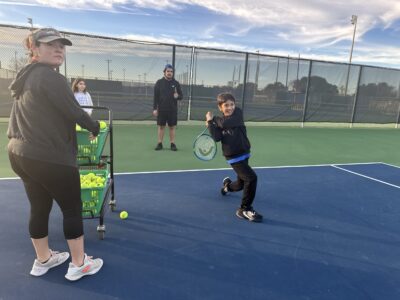In the U.S., more than 300,000 children are affected by juvenile arthritis. Juvenile arthritis, or Juvenile Idiopathic Arthritis (JIA) as it is more commonly known, is an autoimmune disease that affects one in every 250 children.
While arthritis is typically associated with older adults, JIA is a disorder in which the immune system targets children’s healthy joint cells and tissues instead of fighting viruses and bacteria. Much like arthritis in adults, it causes pain, swelling, stiffness, and loss of motion in the areas it affects, and the cause of it is unknown. However, unlike other forms of arthritis that are chronic and last a lifetime, most affected by JIA often grow out of it.
Although a juvenile arthritis diagnosis is often only short-term, side effects can affect a child long-term.
The inflammation in the joints and surrounding areas can cause interference with a child’s bone development, overall growth during puberty and may even permanently damage their joints.
In addition, JIA can also inflame tissues around the heart and lungs and lead to poor eyesight due to inflammation around the eyes.
Luckily, plenty of pharmaceutical and non-pharmaceutical treatment options can help lessen the severity of the child’s symptoms and force their arthritis into remission. For most non-medical treatments, living a healthy lifestyle is essential to reducing the effects. Ensuring that children are active improves joint mobility and retains muscle function. In addition, getting adequate rest and eating a regulated diet can vastly decrease swelling and inflammation.
For milder cases, non-steroid injections are the first step. For more severe instances of arthritis where the child requires medical intervention, most doctors will prescribe an injection.
While doctors know how to treat juvenile arthritis, very little is known about its root causes. The Arthritis Foundation (AF) is helping the continued research into causes and effective treatments for affected children. Please learn more about the disorder and consider donating at the AF website.





